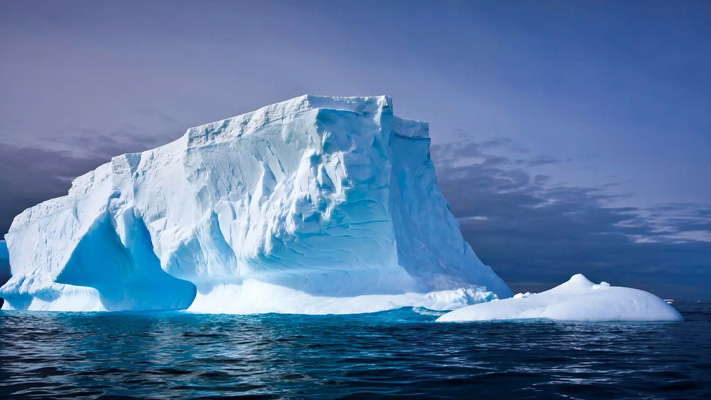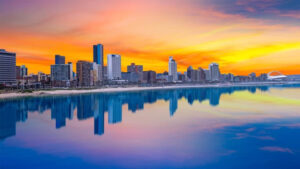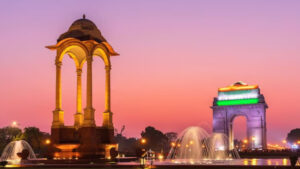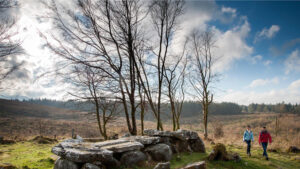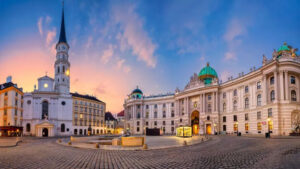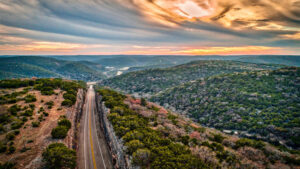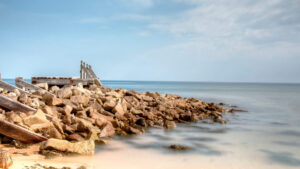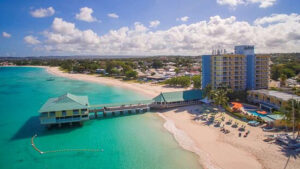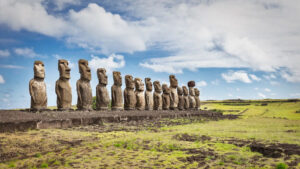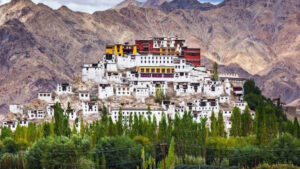ANTARCTICA – THE LAST TRUE WILDERNESS ON EARTH

Antarctica is the southernmost continent on Earth and is located almost entirely within the Antarctic Circle. It is the fifth largest continent, covering an area of around 14 million square kilometers, and is home to a diverse range of flora and fauna, including penguins, seals, and whales.

Despite being the coldest and windiest place on Earth, Antarctica has a rich scientific history and is a popular destination for research expeditions. The continent is home to the South Pole, which is located at the southernmost point on the Earth’s surface, and is a popular destination for adventurers and tourists who are interested in exploring the region’s stunning landscapes and unique wildlife.
Antarctica is also one of the world’s last untouched wilderness areas, with no permanent human population and very few visitors. As a result, the continent has become a symbol of global cooperation and environmental protection, with many countries working together to preserve the region’s natural beauty and unique ecosystem.
Tourism to Antarctica is regulated by the International Association of Antarctica Tour Operators (IAATO) to ensure that visits are conducted in a responsible and sustainable manner. Visitors can take guided tours to explore the continent’s natural wonders, including its glaciers, icebergs, and unique wildlife. However, due to the extreme weather conditions and the need to protect the delicate ecosystem, tourism to Antarctica is a once-in-a-lifetime experience that requires careful planning and preparation.
Things to Do
There are several things to do in Antarctica, depending on your interests and the duration of your visit. Here are a few examples:

- Explore the unique wildlife: Antarctica is home to a variety of unique wildlife, including penguins, seals, and whales. Visitors can take guided tours to see these animals up close and learn about their behavior and habitat.
- Visit research stations: Antarctica is a hub of scientific research, and visitors can tour research stations to learn about the ongoing work being conducted in the region.
- Take a boat tour: Boat tours are a popular way to explore Antarctica’s stunning landscapes and unique wildlife. Visitors can take guided tours to see glaciers, icebergs, and other natural wonders from the water.
- Visit historical sites: Antarctica has a rich history of exploration, and visitors can visit sites such as the huts used by early explorers like Ernest Shackleton and Robert Falcon Scott.
- Camp on the ice: For those who are interested in adventure and camping, there are opportunities to camp on the ice and experience the unique environment of Antarctica.

- Ski or snowboard: Antarctica’s pristine snow and ice make it an ideal destination for skiing and snowboarding. Visitors can take guided tours to explore the region’s backcountry terrain and experience the thrill of skiing or snowboarding in one of the most remote and beautiful places on Earth.
How to Reach
Reaching Antarctica is not as straightforward as reaching other popular travel destinations due to its remote location and harsh climate. Here are some common ways to reach Antarctica:
- Fly to Antarctica: The most common way to reach Antarctica is to fly from Punta Arenas, Chile to King George Island, which is located off the coast of the Antarctic Peninsula. From there, visitors can take guided tours to explore the region’s natural wonders and unique wildlife.
- Take a cruise: Another popular way to reach Antarctica is to take a cruise from Ushuaia, Argentina or Punta Arenas, Chile. These cruises typically last between 10-20 days and offer visitors the opportunity to explore the region’s stunning landscapes and unique wildlife.
It’s worth noting that travel to Antarctica is heavily regulated to protect the region’s delicate ecosystem, and visitors must comply with strict environmental and safety regulations. Visitors should also ensure that they have the appropriate gear and clothing to stay safe and comfortable in the extreme weather conditions.
Important Points to Note

- Environmental protection is a top priority: Antarctica is a unique and delicate ecosystem, and visitors must take steps to minimize their impact on the environment. This includes following strict waste disposal and hygiene protocols, staying on designated paths, and avoiding disturbing wildlife.
- Safety is a concern: Antarctica has some of the harshest weather conditions on the planet, with extreme cold, high winds, and unpredictable weather patterns. Visitors must be prepared for these conditions and ensure that they have the appropriate gear and clothing to stay safe and comfortable.
- Travel is regulated: To protect the environment and ensure visitor safety, travel to Antarctica is heavily regulated. Visitors must obtain permits from the appropriate authorities and comply with strict rules and regulations, including those set by the International Association of Antarctica Tour Operators (IAATO).
- Limited infrastructure: Antarctica has limited infrastructure, with few permanent settlements and limited access to supplies and medical care. Visitors should be prepared for this and ensure that they have the appropriate gear and supplies for their trip.

- Wildlife viewing is subject to restrictions: While visitors can see a variety of unique wildlife in Antarctica, there are restrictions on how close they can get and how they can interact with the animals. Visitors must follow designated paths and avoid disturbing the animals.
It is expensive: Due to the remote location and limited infrastructure, travel to Antarctica can be expensive. Visitors should budget accordingly and plan their trip well in advance. - There are no ATMs: There are no ATMs in Antarctica, and visitors must ensure that they have sufficient cash or credit to cover their expenses during their stay.



